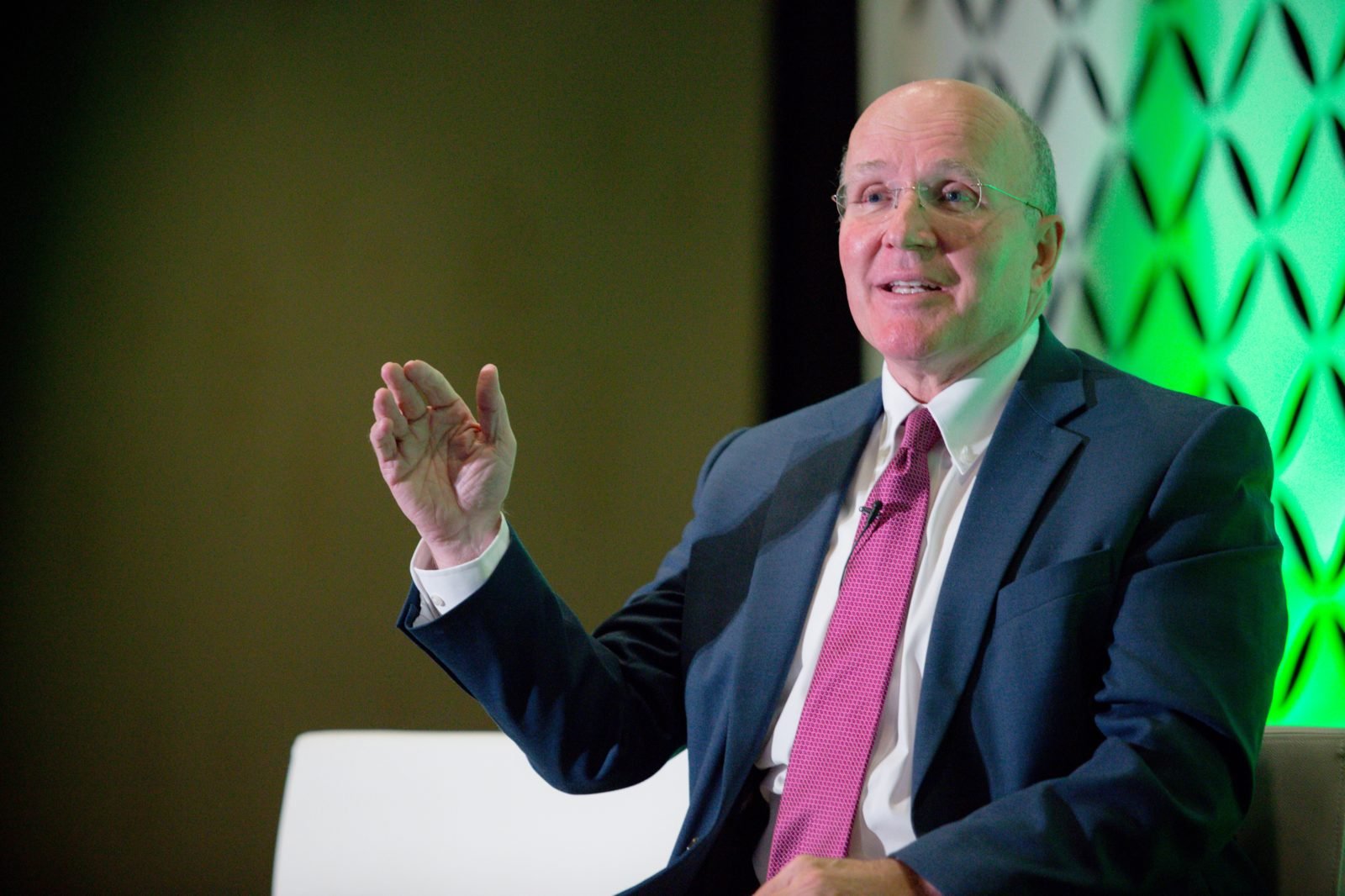It is also a national statistic, and does not take into account regional differences in the cost of living. Further complicating the error, during the Johnson administration’s war on poverty, it was decided the “poverty rate” would be set at an arbitrary three times the cost of the U.S. Department of Agriculture’s economy food plan, as explained by Nicholas Eberstadt in his book The Tyranny of Numbers: Mismeasurement and Misrule.
Using a consumption-based, rather than an income-based, poverty measure, Eberstadt has concluded elsewhere the rate drops from approximately 13 percent to between 2 and 3 percent. Quite a difference, and illustrative of how far off even old measurements can be and how firmly entrenched they remain despite being precisely wrong.
If you have ever been bribed off an oversold airplane—with a free flight voucher, upgrade, or airline money equivalent—you have economist Julian Simon (1932–1998) to thank. Until 1978, and before the airlines were deregulated, travelers were bumped off overbooked planes rather capriciously (the airlines preferred to bump old people and military personnel on the theory they would be least likely to complain) and this caused enormous amounts of customer complaints and ill will.
Worse yet, the problem fed upon itself, because passengers began to expect being bumped and so would book several flights under various names to ensure a seat on at least one. This caused the airlines to increase bookings even more to ensure decent load factors, which of course were measured very precisely.
Had the airlines changed the process and tested Simon’s idea sooner, the airlines and its customers both would have been better off. Simon did not analyze countless numbers and statistics, but used his intuition, grounded by the economist’s theory of human behavior being rational, to solve a quite vexing problem.
Daniel Boorstin, librarian of Congress, wrote: “The greatest obstacle to discovery is not ignorance—it is the illusion of knowledge.”
Moral Hazard 4: Measures Are Unreliable
A country’s per capita gross domestic product increases when a sheep is born but decreases when a child is; or how divorce actually increases the GDP since almost two of every commodity must now be purchased rather than just one.
Picasso once said, “Art is a lie that tells the truth.” It seems in some instances, measurements are truths that tell lies.
Another example of the unreliability of measures is illustrated by the consulting firm Bain & Company’s Web site, where it proudly proclaims: “Our clients outperform the market 4 to 1,” shown over a graph from 1980 to 2012 depicting the S&P 500 Index and Bain clients.
This is the equivalent of the rooster taking credit for the sunrise because he crows every morning. One expects this type of unscientific hyperbole from politicians, not management consultants. I would be willing to bet that Bain’s clients perform better than the S&P 500, thus have more money to spend on consultants.
Moral Hazard 5: The More We Measure the Less We Can Compare
Engage in this gedanken: You (or a loved one) need(s) heart surgery. You talk to nurses, friends, and other people you trust and respect, and two surgeons are consistently recommended to you. You go online to do some research on these two practitioners and discover their mortality rates (i.e., the risk of dying from surgery: surgeon A = 65 percent; surgeon B = 25 percent. Which surgeon would you choose?
I have conducted this gedanken in seminars attended by various educated professionals—who certainly have taken a statistic class or two—and, astonishingly, the overwhelming majority select surgeon B. When I ask why, they say because of the lower probability of death.
Perhaps they think they need to choose between the two without gathering other information. But that is not how I set up the thought experiment: I left it open as to whether they could ask further questions. Not many do.
But wouldn’t you want to know what type of patients the two doctors serve? What if surgeon A takes a disproportionate share of hard cases and thus has a higher failure rate? He or she just may be the better surgeon.
The point is, we simply do not know without gathering more information, both quantitative and qualitative, and making further judgments based on our own risk profile. Seeing the two numbers side by side seems, though, to give people a false sense of precision and, in this case, could lead to a deadly decision.
Moral Hazard 6: The More Intellectual the Capital, the Less You Can Measure It
Ideas only come from sentient beings, not inanimate objects or pets. Since 80 percent of any country’s wealth-creating capacity resides in its human capital, how could it be otherwise?
To complicate matters, a lot of that knowledge is tacit, which is hard to capture in spreadsheets and pie charts. We may be able to count the physical assets of a Google or a Microsoft, but traditional accounting pays no attention to its human capital, what has been labeled the “invisible balance sheet.”
Traditional book value accounting—assets minus liabilities equals equity—can only explain about one-fourth of the value of the market capitalization on the nation’s stock markets. Accountants call the difference between market value and book value goodwill; but that is just a label for their ignorance. In an intellectual capital economy, debits don’t equal credits, because value is subjective and flows from free minds, not tangible commodities.

















